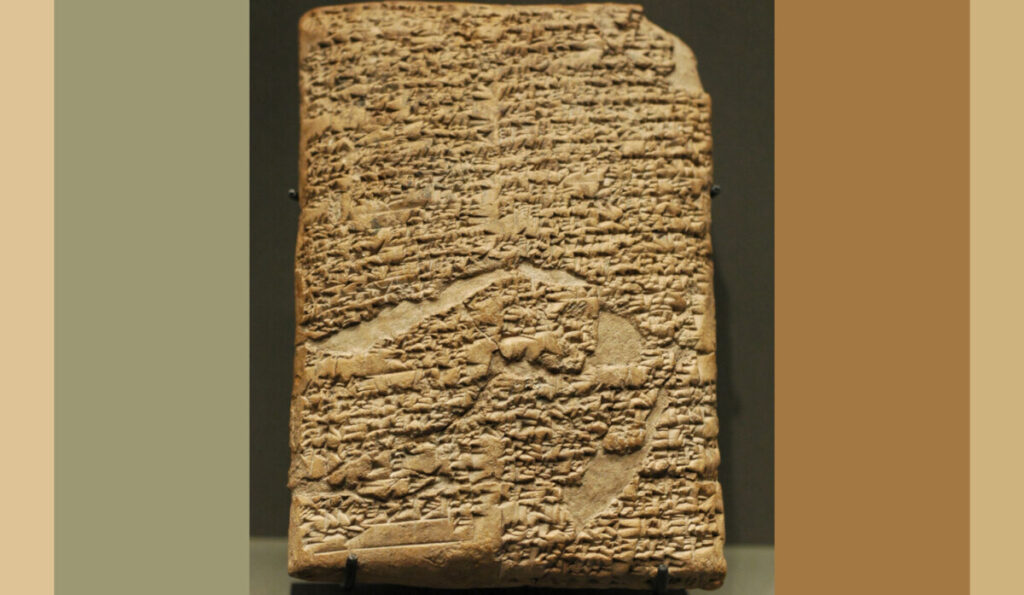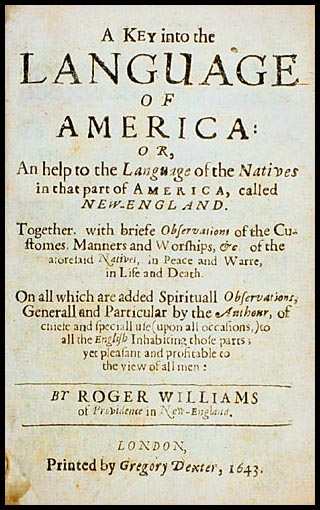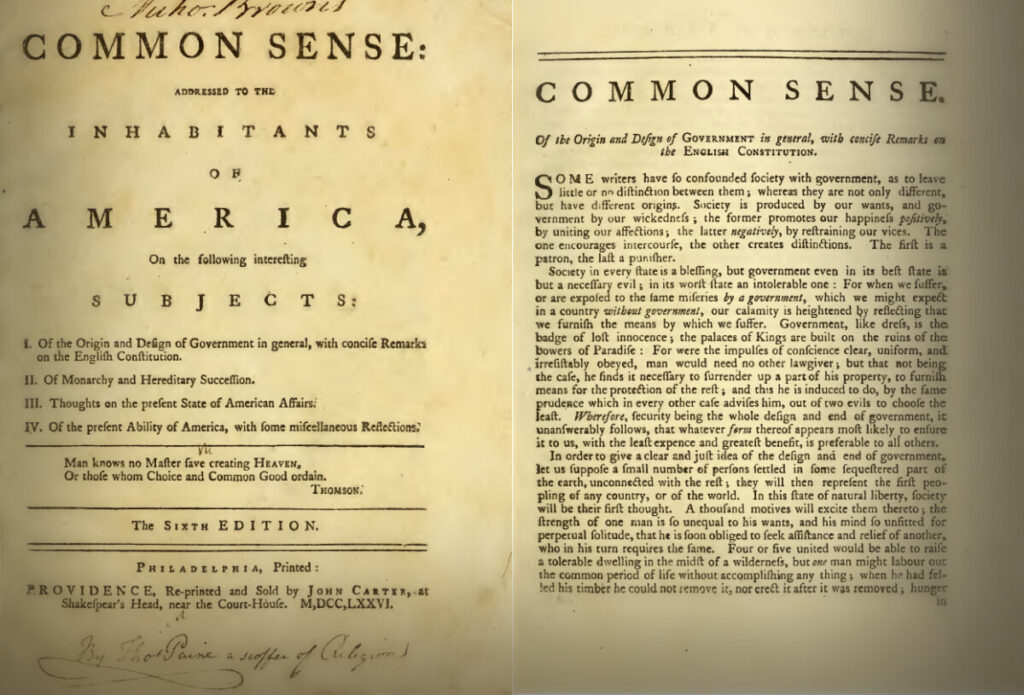Philosophy TL: ALL > Big Picture > Ideas > Philosophers > Publications
Publications: From in-depth books and scholarly papers to insightful journals and personal letters, this timeline showcases a diverse array of intellectual explorations. Dive into the evolution of thought across various formats, each piece a stepping stone in the ongoing journey of understanding and discovery.
The Scholarly Publications Timeline
A set of about 300 legal laws written in stone from ancient Near East that withstood the test of time. Hammurabi, the sixth king of the First Dynasty of Babylonian, wrote it in cuneiform in the Old Babylonion dialect of Akkadian. The text itself was copied and studied by Mesopotamian scribes for over a millennium.
Translated examples:
- If a man should blind the eye of another man, they shall blind his eye.
- If a man bears false witness in a case, or does not establish the testimony that he has given, if that case is case involving life, that man shall be put to death.
- If a man bears false witness concerning grain or money, he shall himself bear the penalty imposed in the case.
The Rigveda, Sanskrit for “praise knowledge”, is a collection of sacred texts of Hinduism first written down between 1700 and 1100 BCE. The sounds and texts of Rigveda have been orally transmitted since at least circa 2000 BCE. It discusses cosmology, praises deities, and covers philosophical questions including…
- 1.164.34: “What is the ultimate limit of the earth?”, “What is the center of the universe?”, “What is the semen of the cosmic horse?”, “What is the ultimate source of human speech?”;
- 1.164.34: “Who gave blood, soul, spirit to the earth?”, “How could the unstructured universe give origin to this structured world?”;
- 1.164.5: “Where does the sun hide in the night?”, “Where do gods live?”;
- 1.164.6: “What, where is the unborn support for the born universe?”;
- 1.164.20 is a parable of the Body and the Soul.
The other three books of the Veda were written centuries later:
- Yajurveda, circa 1000 BCE
- Samaveda, circa 1000 BCE
- Atharvaveda, circa 700 BCE
The Twelve Tables were rules citizens had to follow, and limits on the powers of the government. This idea was used several times during Roman history to force the Patricians, aristocrats, to consider the views of the plebeian citizens, commoners. In 451 BCE, plebeians went on strike to protest the tyranny of magistrates. The Twelve Tables came out of that strike. These bronze tablets were set up in the Forum of Rome for all citizens to see and students to study.
Content examples:
- Table I – when a person is accused of something, both accused and accuser must be present at a trial. If only one party shows up, the judge is free to rule in their favor.
- Table III – debtors have 30 days to pay off a debt. After that, a creditor is free to imprison them.
- Table IV – approval to put to death a dreadfully deformed child.
- Table V – all women, except Vestals (virgin priestesses), must have a guardian regardless of age. The guardian had no say in her private matters, but did guide her public matters especially matters of money.
- Table VI – a man’s will is binding.
- Table VIII – lists specific punishments for specific crimes. And, a person who fails to show up as a trial witness, can never again be a witness. And, a person shown to have lied in court will be put to death.
- Table IX – judges who have taken a bribe as well as anyone committed of treason will be put to death.
- Table XI – prohibits marriages between plebeian (aristocrats) and patrician (commoners).
The Magna Carta in 1215 established the following principles:
- everyone is subject to the law, even the King,
- individuals have rights,
- everyone has the right to justice,
- and everyone has the right to a fair trial.
The Magna Carta recognized individual responsibility in all, including the King, and it established that the law “should” be applied to everyone equally. Although King John got the pope to void the Magna Carta only 10 weeks after signing it, it was reissued several times over the next century and became a seminal legal document when Sir Edward Coke used it extensively in the 17th century. (Sir Edward Coke was a mentor to Roger Williams.)
More Info
Less than two years after the original Magna Carta, the core of the Magna Carta was reissued in “The First Great Charter of King Henry the Third”, granted November 12, 1216–the first year of his reign. This was the first time the Magna Carta was willingly signed by a King. And, King Henry III created the first parliament which was needed because of the need to hear counsel from the barons prior to acting–per the Magna Carta.
In 1643, Roger Williams wrote A Key Into the Language of America, A help to the language of the natives in that part of America called New England. He wrote the book mostly while on the two-month voyage to England. It was on sale by September 7, 1643.
He wrote down what he learned about the Narragansett culture and language. This 17th century book describes the Native American languages in the New England area (largely Narragansett, an Algonquian language). At the time of this book, New England consisted of the Massachusetts, Rhode Island, Connecticut, and New Hampshire colonies.
In 1644, Williams published The Bloudy Tenent of Persecution. Historians consider it his most famous work. He wrote Bloudy after arriving in London in midsummer 1643. It was on sale by July 15, 1644. It is a fierce attack on religious and political intolerance in both Old England and New. He advocated for free thought and belief because he felt that punishing those that did not believe was not part of his faith and government should be separate from religion. Roger advocated for a “hedge or wall of Separation between the Garden of the Church and the Wilderness of the world” in order to keep the church pure. His ideas raised questions and challenges but his ideas endured over time.
The first TRUE democracy in America. From the charter largely drafted by Roger Williams who was influenced by his mentor Sir Edward Coke who relied heavily on the Magna Carta in legal proceedings.
From Roger Williams’ 1643/4 charter:
…full Power and Authority to rule themselves…by such a Form of Civil Government, as by voluntary consent of all, or the greater Part of them…
Read the full charter here. The date is an English Double Date so Mar 14, 1643/4 is our modern Mar 14, 1644.
In July 1663, King Charles II granted a Royal Charter to the Colony of Rhode Island and Providence Plantations uniting Providence, Warwick, Newport and Portsmouth. It became the State of Rhode Island after the Revolutionary War. John Clarke, who stayed behind after Roger returned in 1654, worked hard and deserves much of the credit.
Treachery and Seduction
This book was published for the first time in April 2014. At times, paper was scarce so on occasion Roger used existing books to write down his thoughts. Near the end of his life, Roger Williams scrawled an encrypted essay in the margins of a colonial-era book. This unpublished scribbles or “essay” is believed to be Roger Williams’ final treatise. For more than 300 years those shorthand notes remained undeciphered until a team of Brown University undergraduates cracked the code. In 1679, a debate on infant versus believer’s baptism had taken shape in both New England and old. Amazingly, Williams’ unique shorthand code contained a previously undiscovered essay, which was a point-by-point refutation of the famous Puritan John Eliot who was the “Apostle to the Indians”. Eliot’s book supported infant baptism.
The 1689 English Bill of Rights was a precursor to our Bill of Rights and is referred to in our law. For example, it is referred to in Scalia’s Heller opinion. The bill outlined specific constitutional and civil rights and ultimately gave Parliament power over the monarchy.
- The monarchy cannot rule without consent of the Parliament.
- Freedom to elect members of Parliament.
- Freedom of speech in Parliament.
- Freedom from royal interference with the law.
- Freedom to petition the king.
- Freedom to bear arms for self-defense.
- Freedom from cruel and unusual punishment and excessive bail.
- Freedom from taxation by royal prerogative, without the agreement of Parliament.
- Freedom of fines and forfeitures without a trial.
- Freedom from armies being raised during peacetimes.
Common Sense is a pamphlet published by Thomas Paine in early 1776 advocating independence for the thirteen colonies from England. It was sold and distributed widely and read aloud at taverns and meeting places. Per capita, it had the largest sale and circulation of any book published in American history.
- the distinction between kings and subjects is a false distinction
Of note, Thomas Paine was a self-proclaimed monotheist (believing in one God), but disdained organized religion, proclaiming that his only church was his own mind.
The Declaration of Independence expresses the ideals on which the United States was founded and the reasons for separation from Great Britain.
- The right to life, liberty, and the pursuit of happiness (among others).
- People have a say in their government.
The Constitution is a merger uniting the original 13 states with different cultures and laws. Under America’s first constitution, the Articles of Confederation, the states acted together only for specific purposes. The final Constitution of 1887 united all the states as members of a whole, vesting the power of the people in a Federal government.
The Bill of Rights was written two years after the signing of the Constitution and ratified by three-fourths of the states in 1791. Massachusetts, Connecticut, and Georgia refused. In 1939, the three decliners symbolically sent their approvals to Congress.
Amendments:
1st: Freedom of speech, press, of and from religion, assembly, and the right to petition the government.
2nd: Right to bear arms
3rd: Protection against housing soldiers in civilian homes
4th: Protection against unreasonable search and seizure, and the issuing of warrants without probable cause.
5th: Protection against trial without indictment, double jeopardy, self-incrimination, and property seizure.
6th: Right to a speedy trial, to be informed of charges, confronted by witnesses, witnesses, and legal counsel.
7th: Right to trial by jury
8th: Protection against excessive bail, fines, and cruel and unusual punishment.
9th: Rights granted in the Constitution shall not infringe on other rights.
10th: Powers not granted to the Federal Government in the Constitution belong to the states or the people.
Heidegger’s existentialism centers on the concept of “being-there” (Dasein), which refers to the unique way humans exist and relate to the world. Heidegger explores the nature of being and emphasizes the importance of understanding one’s own existence within the context of time and space. His philosophy delves into the idea of being authentic by confronting the inherent uncertainties and anxieties of life, and seeking a deeper understanding of one’s place in the world through introspection and connection to nature.
Sartre’s existentialism emphasizes individual freedom, choice, and responsibility. It posits that existence precedes essence, meaning that individuals are not defined by any preexisting essence but instead create their own essence through actions and decisions. Sartre’s philosophy focuses on the concept of “bad faith,” where people deny their freedom by conforming to societal expectations, and encourages living authentically by embracing one’s freedom and making deliberate, conscious choices.
End of timeline. Review…
Philosophy TL: ALL > Big Picture > Ideas > Philosophers > Publications

























